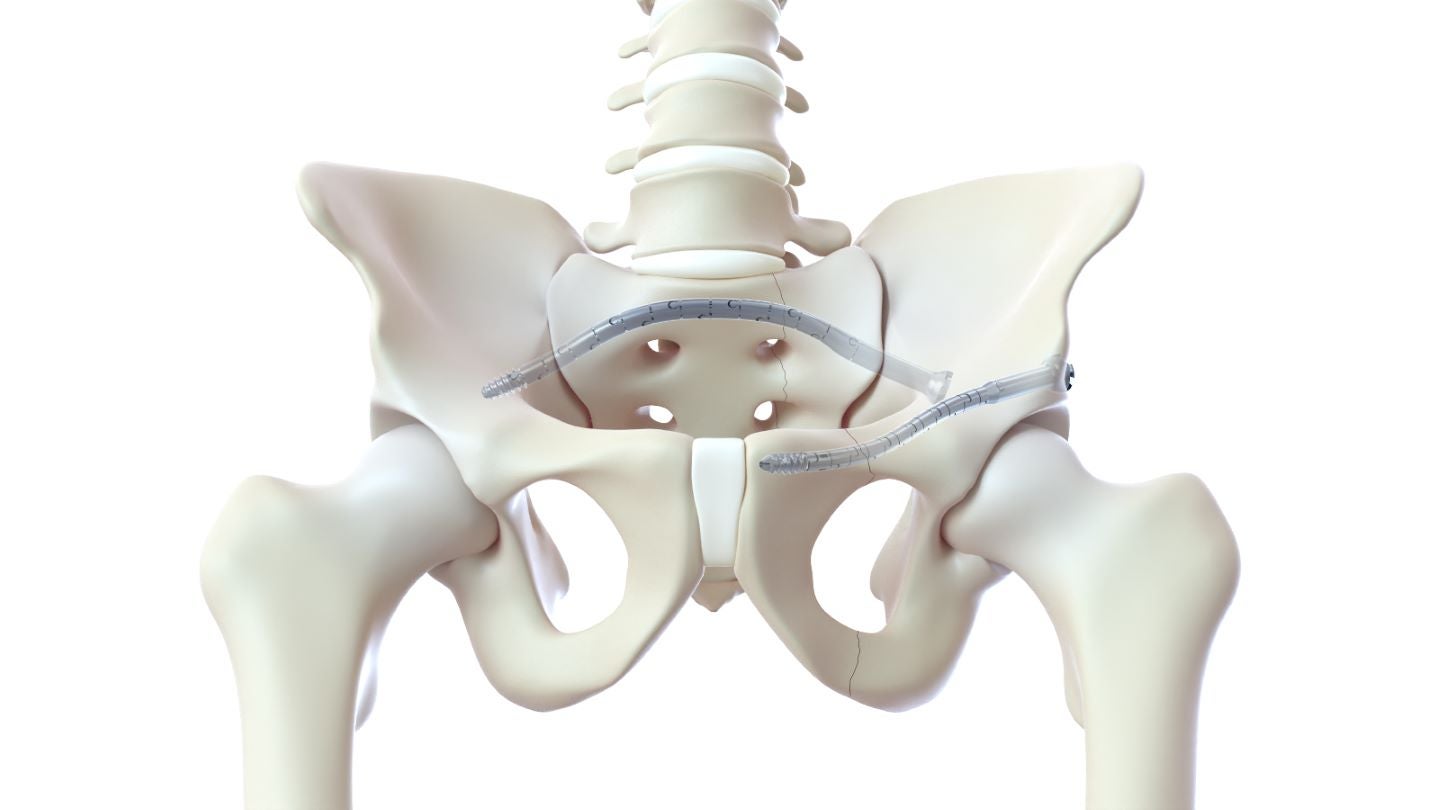
Medical devices maker CurvaFix has introduced a new 7.5mm intramedullary device to simplify surgery and enable stable fixation in small-boned patients.
Named CurvaFix IM Implant, the smaller-diameter device will be showcased at the American Academy of Orthopedic Surgeons (AAOS) 2023 Annual Meeting in Las Vegas, Nevada, US.

Discover B2B Marketing That Performs
Combine business intelligence and editorial excellence to reach engaged professionals across 36 leading media platforms.
The firm will also showcase the 9.5mm CurvaFix Implant at the event, which is being held from March 7 to 11.
According to the University of Missouri Orthopaedic Trauma Service and Orthopaedic Trauma Fellowship director Dr Brett Crist, the new 7.5mm CurvaFix device can be used for both left and right rami nonunions.
So far, the CurvaFix procedure has been used to treat more than 175 patients, including over 100 patients who are either geriatric and/or suffer from fragility fractures of the pelvis (FFP), stated the company.
CurvaFix Implants are said to offer potential benefits in different pelvic injuries and conditions, including polytrauma patients who have multiple complex injuries, FFP patients with weak bone and those with dysmorphic bony anatomy.

US Tariffs are shifting - will you react or anticipate?
Don’t let policy changes catch you off guard. Stay proactive with real-time data and expert analysis.
By GlobalDataIt is also said to be beneficial in revision surgery for failed pelvic fracture fixation, for oncology patients with pelvic fractures, and for patients with impeding total hip or lumbosacral spinal hardware.
CurvaFix CEO Steve Dimmer said: “The new 7.5mm device is designed to simplify surgery and provide strong, stable, curved fixation in smaller patients.
“Additionally, our novel device has been shown to offer many geriatric patients immediate pain relief and early mobility, which is critically important in older patients, where mobility is such a key to life.”





